[Apple II, Sirius Software]
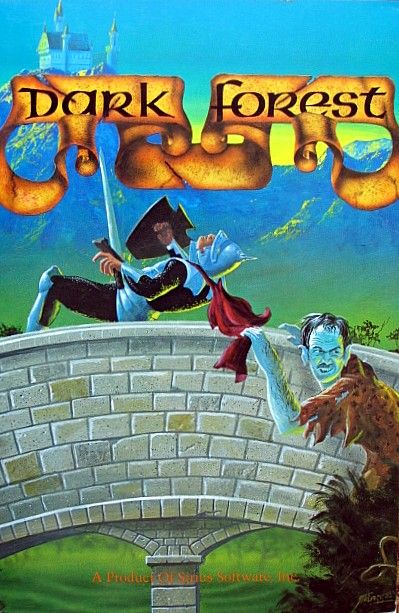
– Lieutenant Narwhal! We have a special mission for you! You need to find 3 different treasures in an unknown land!
– It sounds like a job for an adventure game blogger. I also know an RPG addict who…
– You will have to recruit an army to destroy throngs of goblin-like creatures!
– Say no more!
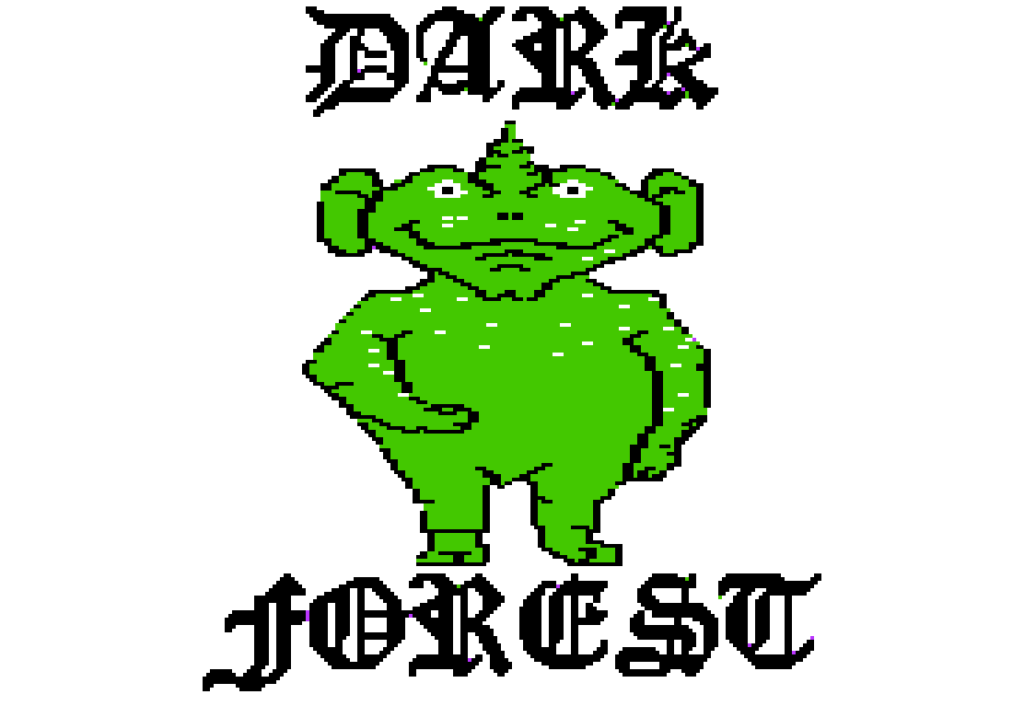
In Sirius Software’s Dark Forest, the player must recover 3 treasures each hidden in one of 6 castles while fending off endless hordes of licence-free goblins called “gruds” and, in multiplayer, rivals looking for their own different treasures.
I am playing alone on the “Transylvania” map and my first decision is to pick my starting castle. I pick the central castle #3, because it is surrounded by a river which makes it a good defensive position. Also, it looks cool standing in the middle of the river.
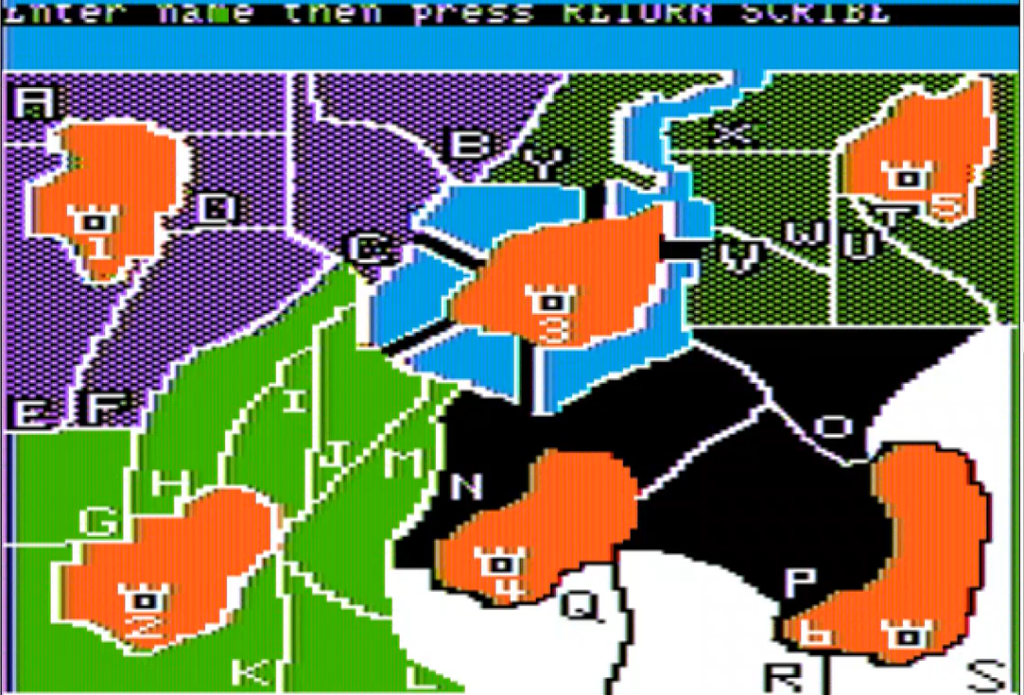
After that, I must deploy 12 soldiers in any non-castle province I want. One soldier is enough to control a province, and each province gives one extra soldier every turn, so the best strategy is to take control of as many provinces as possible. I should also try to limit the length of my border, but there will be enclaves formed by the grud castles.
Given the shape of the map, I could either take control of the Western half or the Eastern half. I choose to take the Eastern half, because it puts the good defensive terrain under my control : the mountains in white and the Dark Forest in black. Another trait of the Dark Forest is that it hides the units it contains – including to the owner but at least I can keep count on the side.
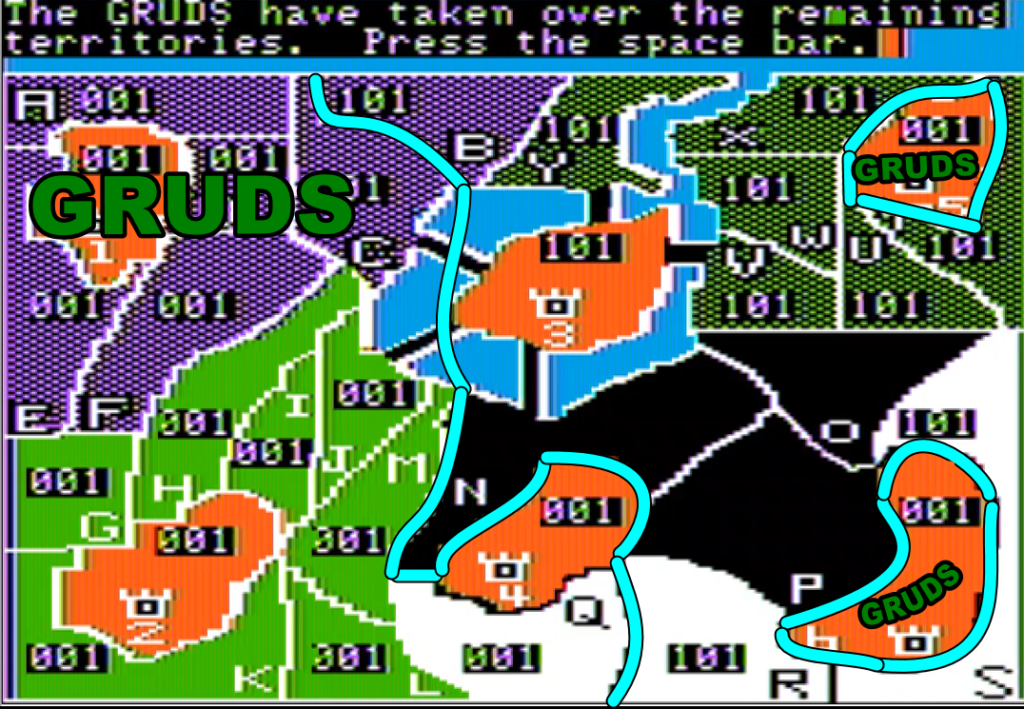
Playing this game in solitaire is simple mathematics: the gruds gain between 1 and 3 warriors every turn in each province they control, and those gruds won’t move except to attack a neighbouring province. Given my initial deployment, it means I will gain 14 noisy new neighbours every turn (in provinces C, J, M, Q and castles 4, 5, 6). On my side, I gain 1 new soldier by province owned, so 13 in total. If I can eliminate the grud enclaves fast enough so the gruds don’t overwhelm me, I can easily defeat them in detail.
The first turn does not go as expected. There are two other independent agents in the game: the first one is the Magician, who jumps from province to province, adding one defender (grud or human) wherever she lands and protecting the province from attack this turn. She can also be asked for more help, but she can refuse and give your territory to the gruds instead so it is high-risk and low-reward in solitaire.
The second one is the Spectar, an invulnerable dragon that moves randomly every turn and snacks on humans or gruds alike. For this first movement, he jumps on province X and eats the one soldier I had there. Provinces without soldiers immediately become grud, and I now have an average of 16 new neighbours every turn, for only 12 new soldiers every turn.
After the first turn spent recruiting, the gruds immediately attack in T, easily seizing my province. Another attempt to take my castle from J ends in a disaster for them: bridge trolls eats half their army as it crosses the bridge and the rest of the gruds are killed without causing me any loss. I am offered to take the province they came from. It cannot be defended, but that’s still one extra soldier I will be able to deploy this turn, so I accept.
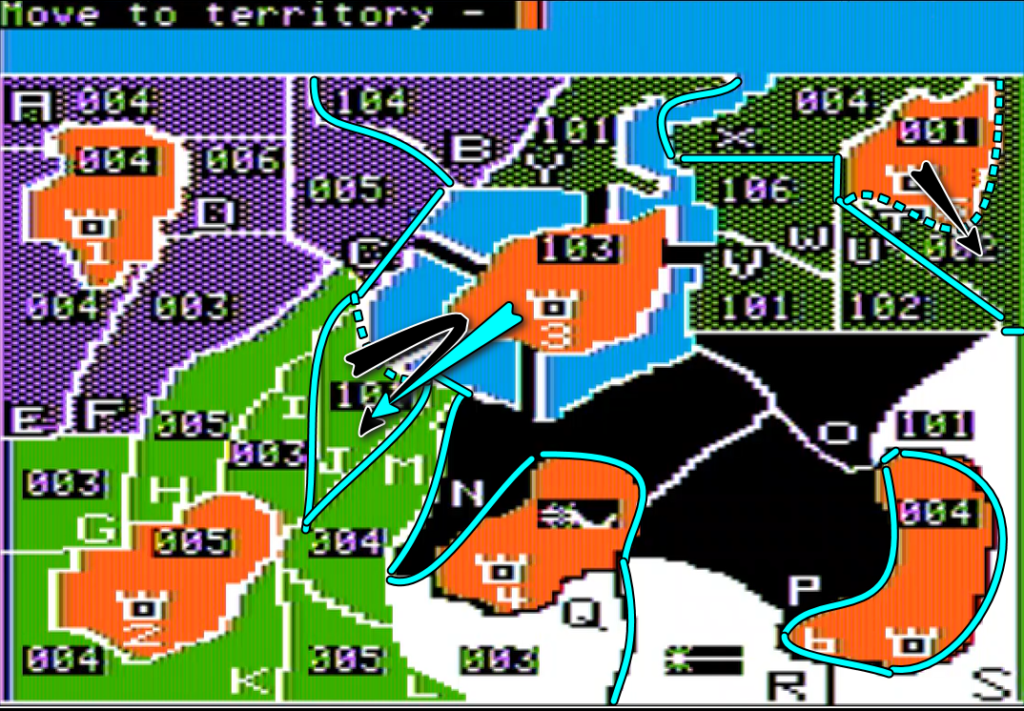
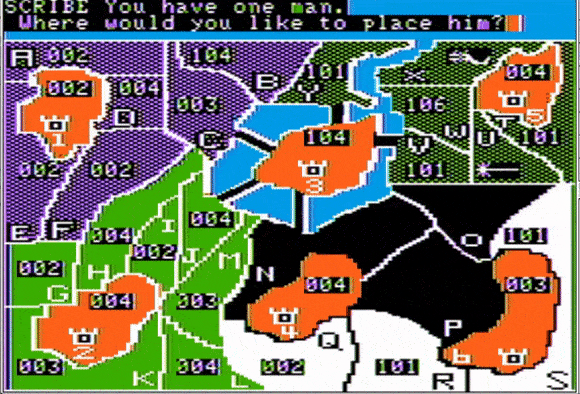
The situation is dire. If I am not counting province J which is a lost cause, I can recruit 11 new soldiers every turn, while between 9 and 27 new gruds hatch on my borders every turn. “Hatch”, because the gruds come from eggs – more on this in the rating & review.
I pivot my strategy : almost all my reinforcements are deployed in the top-right corner from now on, even if it means losing the Dark Forest: I need to crush the expanding North-Eastern enclave ASAP. It takes me 3 turns, but I finally eliminate it. Meanwhile, the gruds expand in the barely defended Dark Forest, but the defensive terrain causes them significant losses and they can’t push every turn. I even manage to seize castle 6 in the bottom-right corner after a failed Grud attack. That went better than expected.
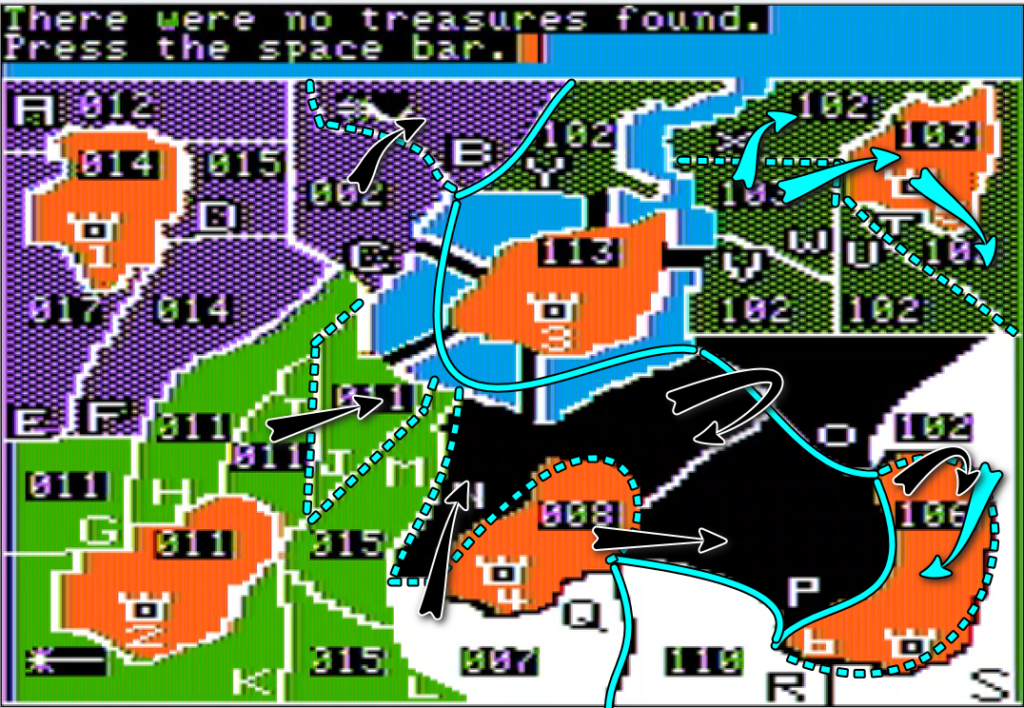
At this point, I have enormously reduced my frontline : I only need to garrison 5 territories. My castle in 3 is attacked several times but between thetrolls who sometimes eat attackers crossing any bridge on the map, the defensive bonus when the enemy is crossing a river and the defensive bonus of the castle, I manage to push the attackers back most of the time, and that one time where I lose my castle I immediately retake it by crossing from Y. Meanwhile, I am slowly chasing the gruds from the Dark Forest, and then from castle 4.
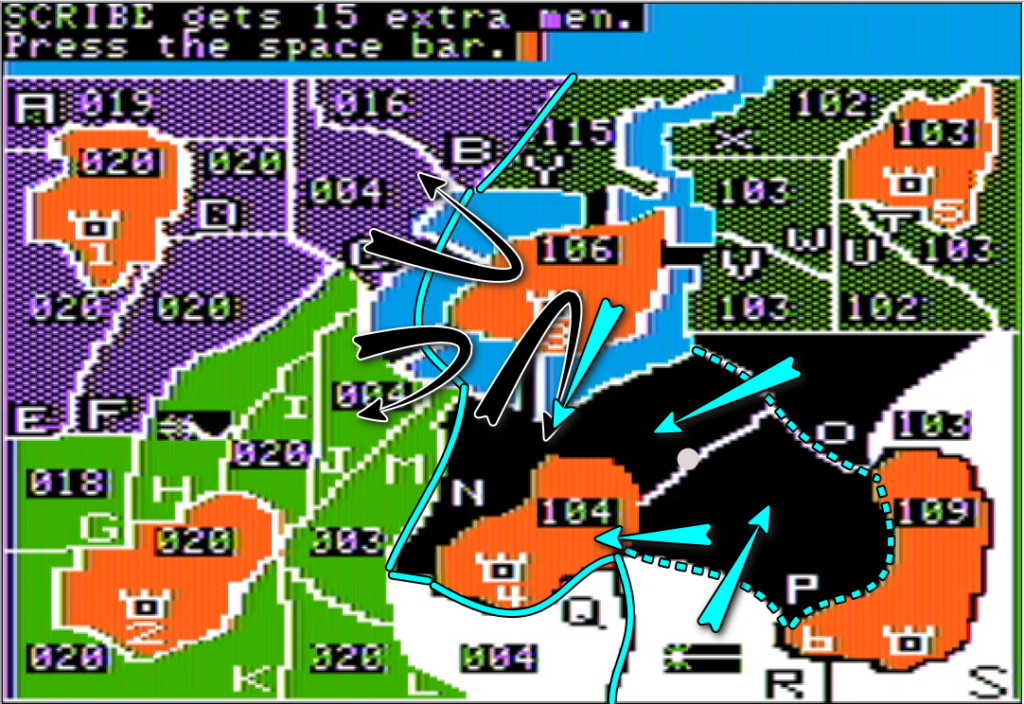
From that point onward, I outproduce the gruds where it matters, and the game is just a matter of patience: I accumulate forces, take a territory, immediately lose it when the gruds counter-attack from their second line with 20 gruds, and then I retake the contested territory the following turn and keep it as the gruds are out of reserve on their second line. This way, I slowly grind toward the bottom-right corner of the map.
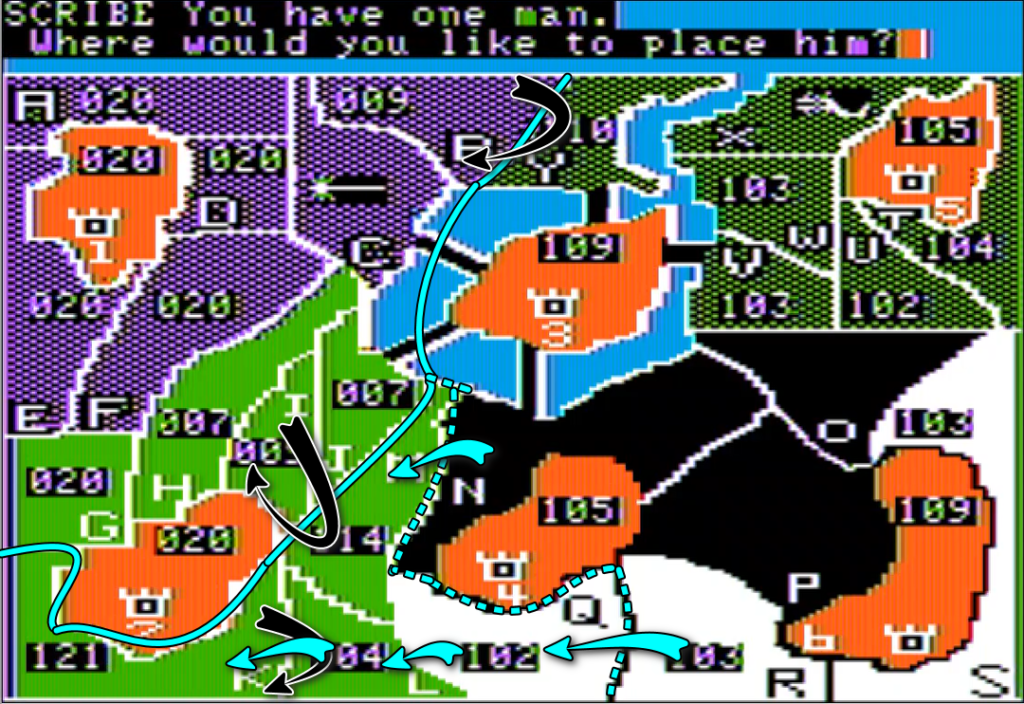
Once I can recruit almost 20 men by turn, the game goes much faster. I don’t need the back-and-forth, I can immediately garrison new territories enough to stop counter-attacks. The gruds rapidly lose their remaining ground!
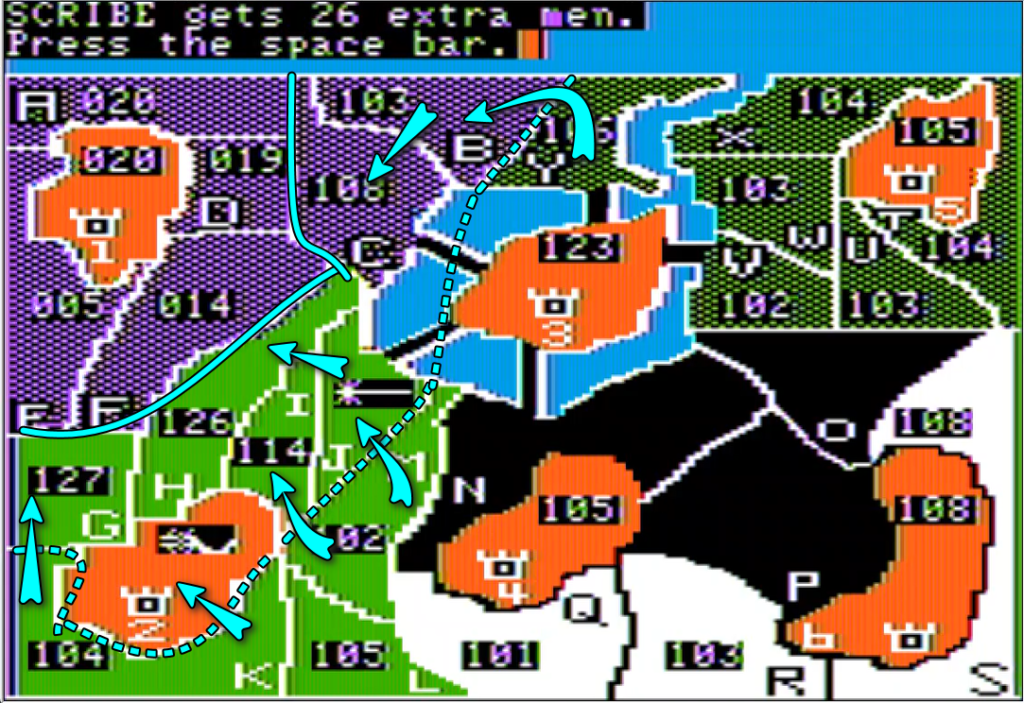
I inspect my castles, but I only find 2 of the 3 treasures I need. The last treasure must be in castle 1, which is easily taken in two more 2 turns :
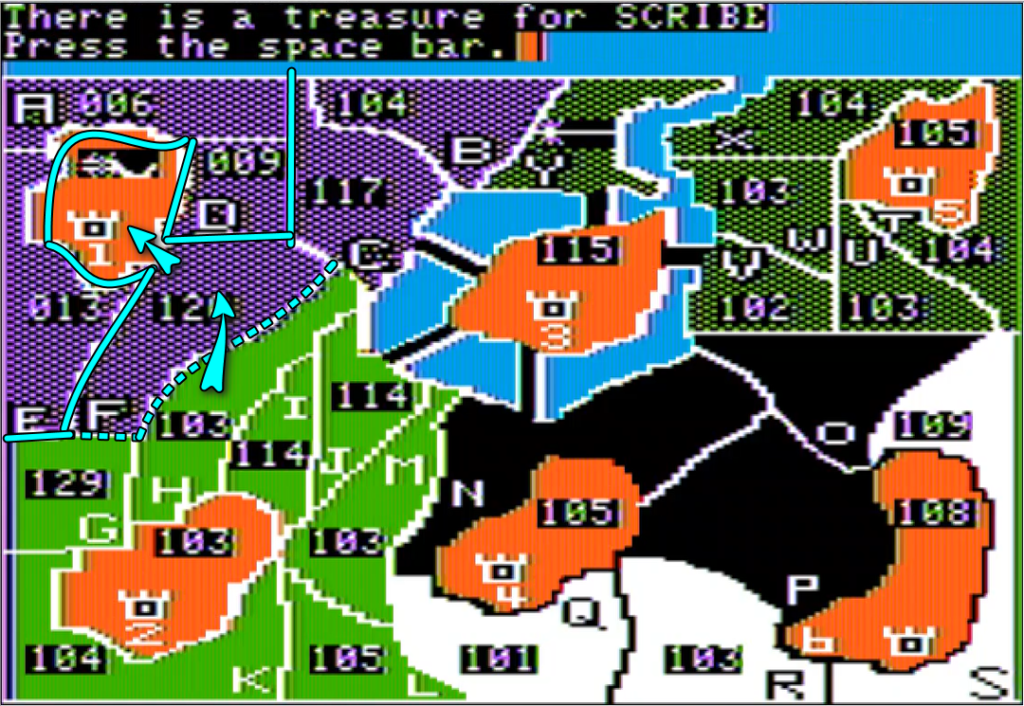
I won! I immediately retire home with all my army, letting the gruds reoccupy the whole map.
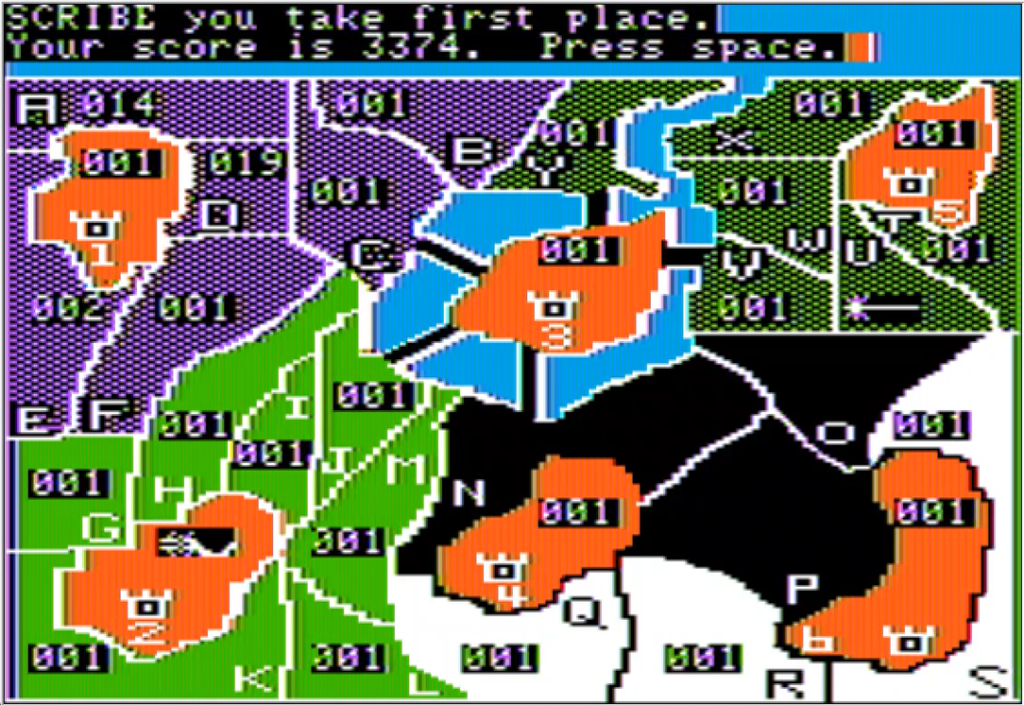
This is all for the solitaire version of Dark Forest. I found the game boring except for the first 10 turns, but I suspected it could be fun in multiplayer. With a few commenters, both veterans of my paleo-multiplayer games (Dayyalu, Porkbelly, Argyraspide) and newcomers (Morpheus and Baron Rastignak), we organized a multiplayer Dark Forest play-by-email (PBEM).
We chose another map (“Freedonia”), and I picked my castle last. My castle is on the left, North of the river. My position blocks Dayyalu’s development, so there will be a war for sure.
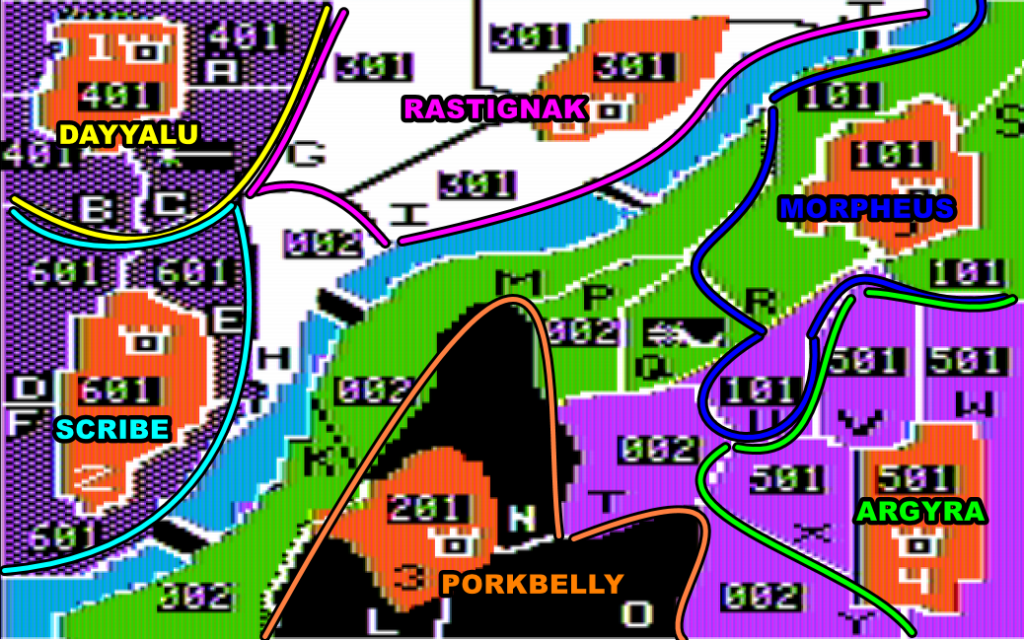
For a short time it went well :
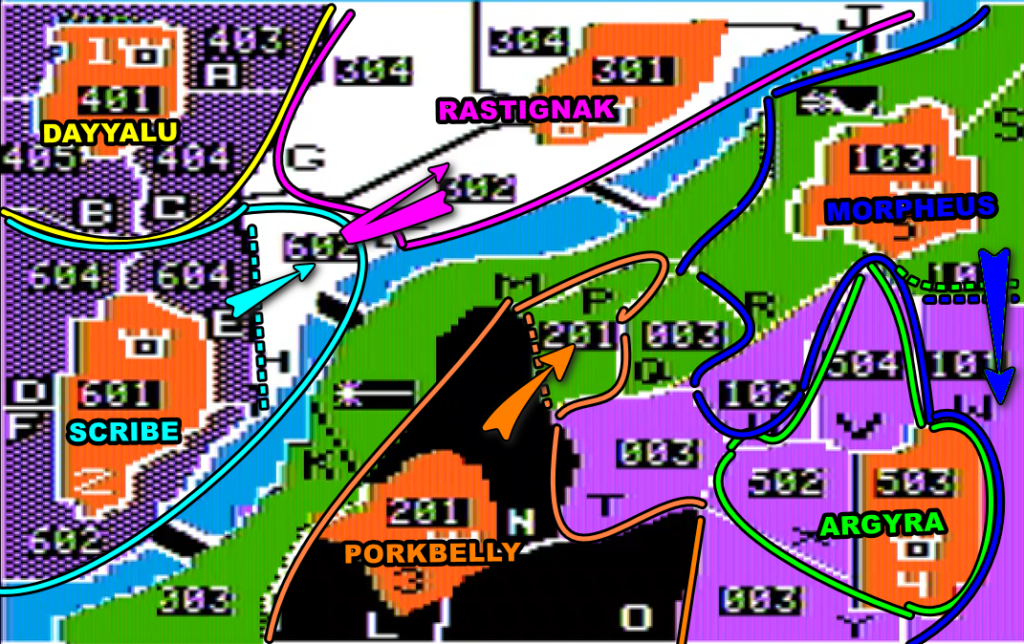
And then it did not :
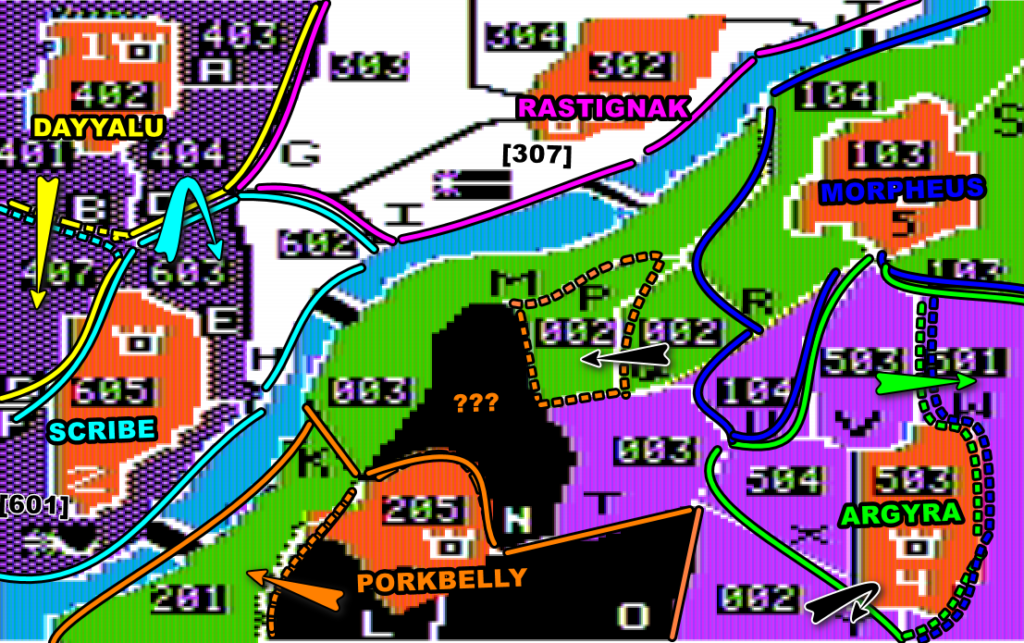
Dayyalu hold!
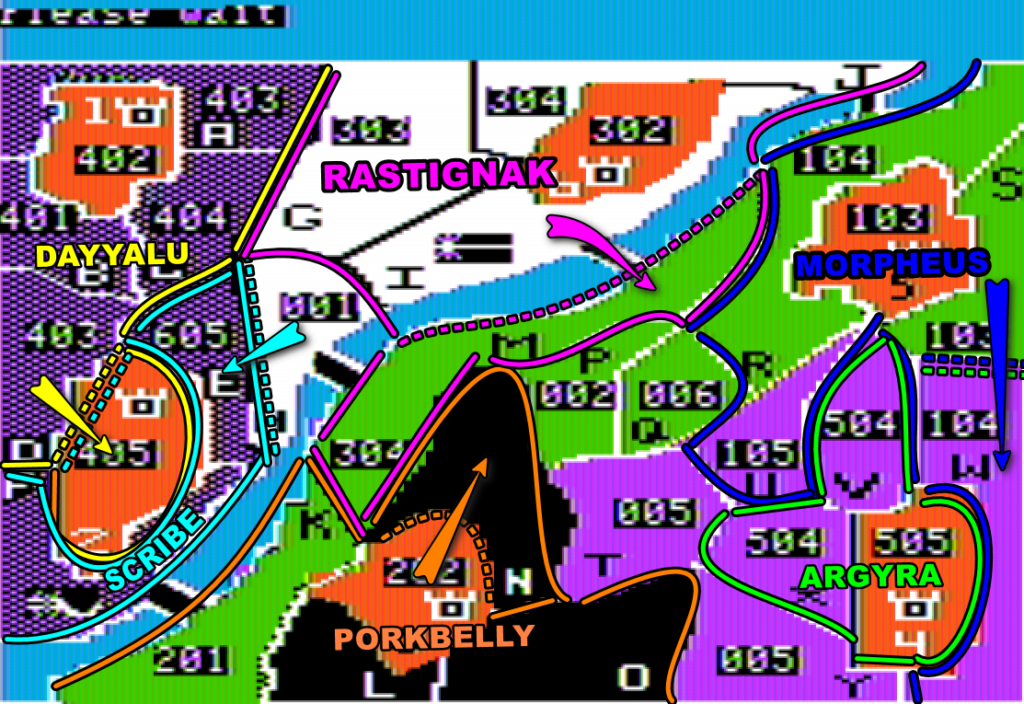
What you are doing to me is wrong!
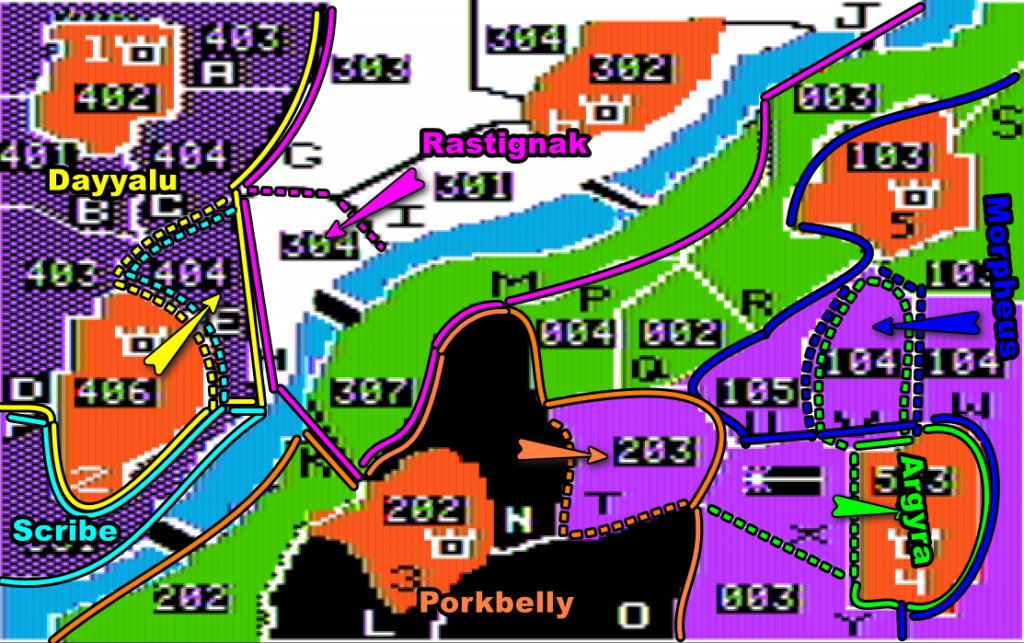
Why do you do this thing?
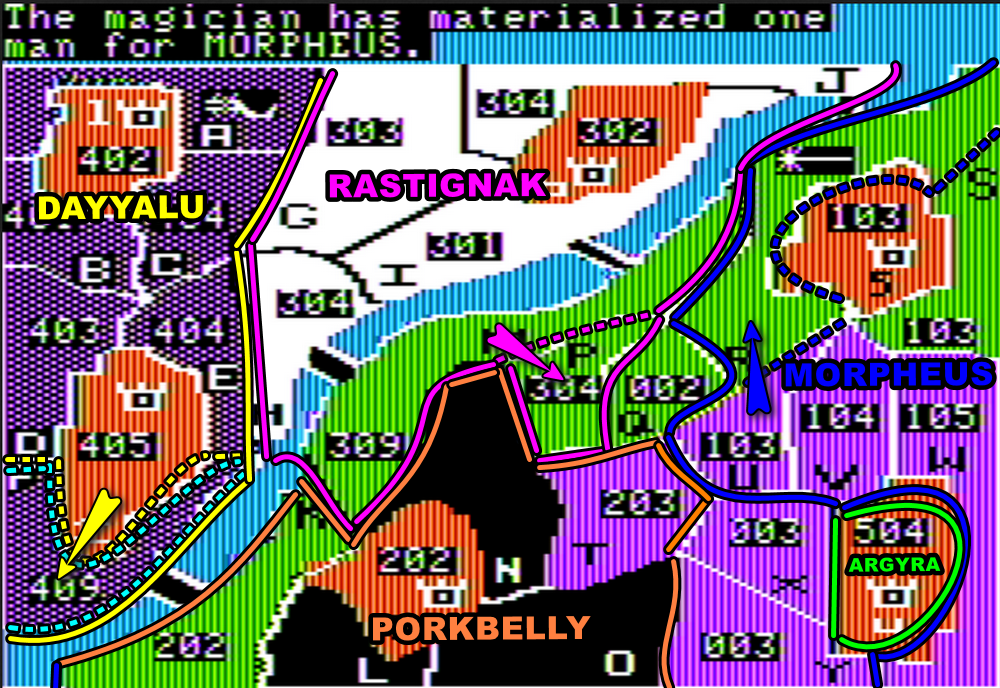
Adieu all! Adieu gruds!
I did not last long in that match, but the game carried on until the end – you can read a full turn-by-turn report here – and everyone agreed that it was a fun game, but more on this in the review.
Ratings & Review
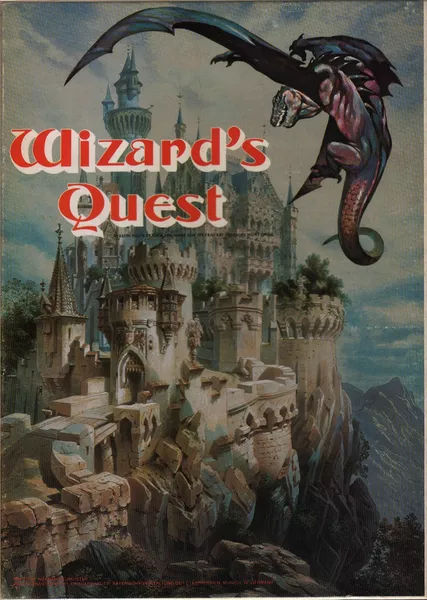
Dark Forest by Jerry Jewell, published by Sirius Software, US
Genre: Conquest Cascade
First release: December 1981 on Apple II (first mention in Softalk)
Average duration of a campaign: 30-45 minutes
Total time played: 2 hours, plus multiplayer
Complexity: Easy (1/5)
Final Rating: Flawed & obsolete
Ranking at the time of review: 61/110
Even though it is the first time I mention them on this blog, Sirius Software was a major player in the early 80s video game industry, whose history has been well-covered by The Golden Age Arcade Historian and by Retro365. In late 1979, Air Force veteran Terry Bradley opened a franchise of ComputerLand in Sacramento, and soon recruited another much younger veteran with some knowledge in coding as sales and store manager: Jerry Jewell. The store was frequently visited by up-and-coming developers trying to convince the owner to sell their games. In the late 70s and until 1980, many developers, including Chris Crawford, Jon Freeman or Doug Carlston, had started their careers this way. One of those developers was an Iranian student called Nasir Gebelli, who unlike the others did not come in May 1980 with yet another BASIC video game but with a display tool called Video Marquee. It looked nice indeed, but lacked any “edit” function. Still, Jewell saw the potential, with Gebelli he programmed E-Z Draw, described in ads as “the best graphics editing package available for the APPLE”, and given its success it may have been true. In any case, the program was impressive enough that Jewell almost immediately hit the road trying to sell it to computer stores. Later in November, Sirius Software was officially incorporated with Jewell as president and Bradley as Secretary and Treasurer. The headquarters was the ComputerLand itself, a store during the days and a video game studio during the night. As for Gebelli, he would be compensated through royalties only.
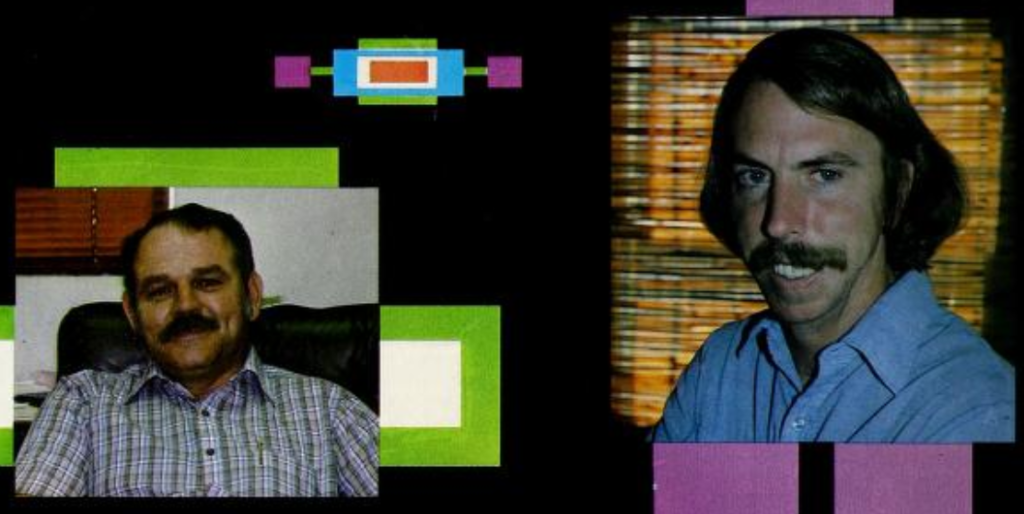
After E-Z Draw, Sirius Software immediately pivoted to video games. Gebelli – the only developer of the company at this point – turned out to be both gifted and incredibly fast, churning games in a matter of weeks with a rare visual quality for 1980. His first published games were Star Cruiser, a Galaxian-clone, and Both Barrels – both first advertised along E-Z Draw in the October 1980 issue of Micro.
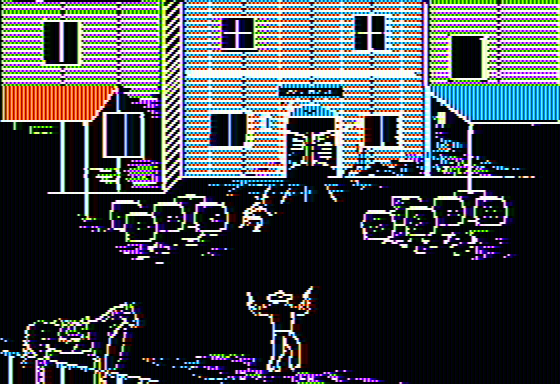
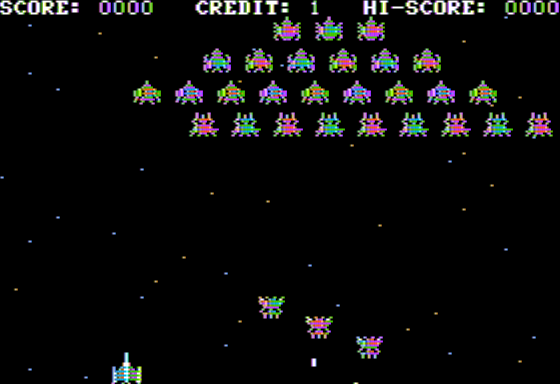
By the end of 1980, Gebelli – or rather “Nasir” as he made himself known as – had two more action games to his name: Cyber Strike and Phantoms Five. Bradley and Jewell had a store to manage, and with so many products they made the well-established Synergistic Software (founded 1978!) an alternative official distributor. This proved a wise strategy – in December 1980 Star Cruiser was third in Softalk‘s top-sellers chart, beating even Flight Simulator, with Cyber Strike taking the 6th position in January 1981.
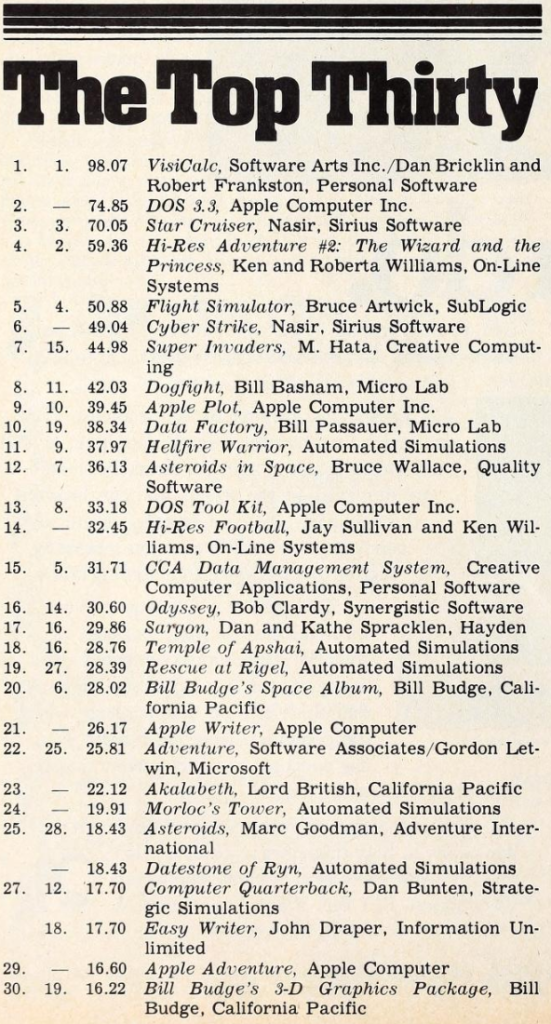
Gebelli continued on a similar pace in 1981 with, in May 1981, a game of particular interest for us: Space Eggs. This game reached the first position in the chart with 10 000 copies sold and introduced a character that would become the symbol of Sirius Software: the grud!
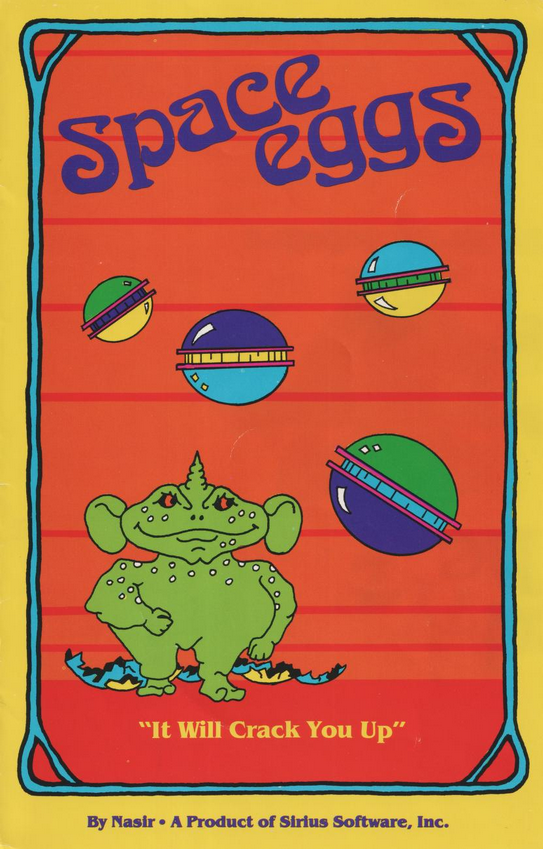
While not being the famous name on the game boxes, Jewell had been a savvy operator in the background, turning Gebelli’s great games into commercial success. He had an eye for everything: titles, manuals, bugs, and of course gameplay feedback. Jewell was also close to Roberta & Ken Williams of On-Line Sytems and to Doug Carlston of Brøderbund, and they compared notes on faulty floppy disk manufacturers or retailers that would not pay their debts. Behind the scenes, Jewell had fully replaced Synergistic Software with Sirius’ own distribution channel, orchestrated marketing campaigns that skyrocketed Gebelli’s games to stardom and recruited a host of young developers.
Gebelli continued to produce excellent games at an impressive rate, and Sirius software landed four of his games and two of other new talents in the August 1981 top-30 chart. However, by then, Gebelli’s journey with Sirius Software had concluded. Desiring equity but awarded none for one reason or another, he parted ways to form his own venture: Gebelli Software – where he couldn’t reproduce his earlier successes, a testament to Bradley and Jewell’s hidden role.
Sirius Software had at this point enough young recruits to thrive without Gebelli. Some of them, as we have seen, were talented enough to also reach Softalk‘s top-30. Still, Gebelli’s departure was probably felt, and I don’t believe it is a coincidence that Jewell started to contribute personally to the line-up only after Gebelli’s departure. Jewell knew he was not a great developer, and so chose to design a strategy game. As for the design, following the tradition of Gebelli who had copied popular arcade games for most of his career at Sirius Software, Jewell planned what was effectively an unofficial port of Avalon Hill 1979’s success Wizard’s Quest. Jewell started to program a good chunk of the game, but the task proved too time-consuming for his role as President of the company and ultimately he commissioned the 16-year-old Tom Mornini to finish the code. The game was released in late 1981, with the first mention of the game in the December 1981 issue of Softalk.
As usual, the ratings will be based on the solitaire version of the game, but I will mention where playing multiplayer is different.
A. Immersion
Very Poor. Not a strong point.
B. UI, Clarify of rules and outcomes
Poor. The game is easy to play, but the manual hides some critical information (how is combat calculated, the bonus of terrain, etc). There are also display issues, for instance you can’t see how many troops there are in territories occupied by the Magician and the Spectar. Not terrible, but irritating.
In our multiplayer game, the game mostly suffered from having been played PBEM when it was designed for hotseat: there is no way to see what happened during the other players’ turn, including whether you have been attacked or not.
C. Systems
Poor. It is hard to see Dark Forest as anything else than a rip-off of Avalon Hill’s Wizard’s Quest. Picture this: in Wizard’s Quest, the players must recover 3 treasures. They start in a castle (the neutral castles are given to the “orcs”) and then deploy their men in the neutral regions. During their turn, the players recruit new troops and then can attack once. Between the player phases, the neutral factions move :
- the orcs, who have their own recruitment and attack their neighbours when given the opportunity,
- the dragon, who moves randomly on the map and can attack humans and orcs alike,
- the wizard, who moves randomly on the map, gifts troops to whoever is lucky enough to receive him and protect the territories he is in from attacks.
Combats are solved by rolling one six-face die below the “die range”, which is one per human/orc (up to a maximum of 4), plus bonus for mountains, forests, castles and river defence. In case of mutual destruction, empty lands are immediately handed to the orcs.
There are few significant differences between the two games: in Wizard’s Quest the player can deploy heroes and sorcerers, players can attack the dragon or the wizards, and there are “petition cards” that players can play to improve their situation – the latter seem to have been replaced by the Magician’s “help” in Dark Forest.
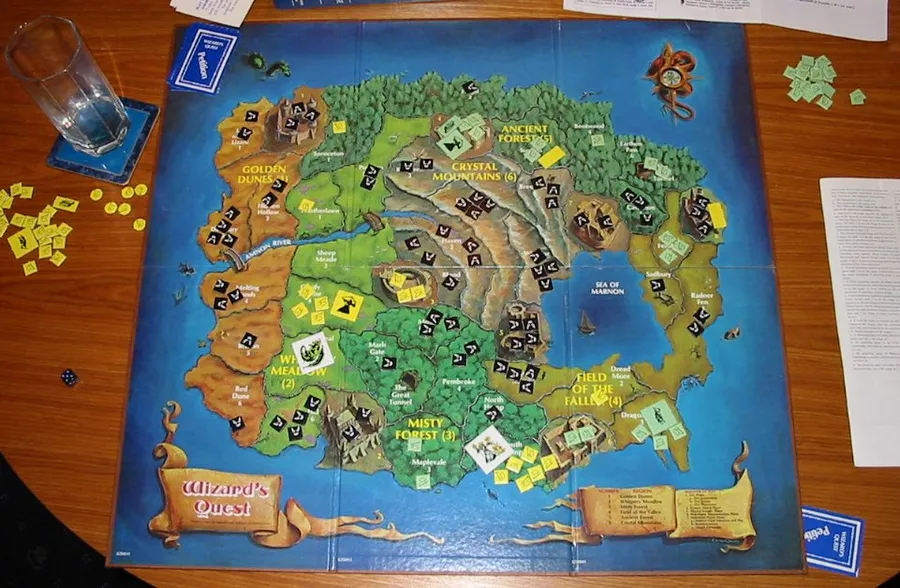
Wizard’s Quest does not have a solitaire mode, and indeed Dark Forest feels uni-dimensional when played solo:
- one recruit by territory owned,
- the only “supply line” that exists is making sure you connect your territories to at least one castle (not necessarily the starting one)
- terrain exists but, except for the trolls defending the river crossings, the bonus is marginal except in early game.
The last item needs explanation. According to one of the players who checked the code, combats are resolved by comparing the number of soldiers/gruds on both sides, adding a terrain bonus (up to +3) and then rolling a 6 faces die for each side and removing a soldier/grud to the other side is the roll is below this number. This means that terrain does not directly protect you, instead it increases the chance of inflicting casualties on the other side. For a small difference in number, it can turn a loss into a win, but if the attacker has say 3 more soldiers/gruds attacking, then that player is still more likely to win, even if the battle involves more than 20 soldiers on each side.
Apart from that, the predictable behaviour of the gruds turns the game into a grind once the player has survived the initial turns, and neither the randomness coming from the Spectar or the Magician changes much to this.
It has been a totally different experience in multiplayer – and it would have been a totally different rating. The simple ruleset allows the player to focus on the strategy and the diplomacy, and rival players are not as easy to fend off as gruds. Having one attack or movement by turn forces the player to make the most of it, instead of turtling at the beginning of the game before unleashing a game-ending all-out assault. It also means that even the most powerful player can be in trouble when fighting two weaker players who can open more fronts than he can react to. Finally, the randomness of the Spectar/Magician and the occasional grud attacks regularly break stalemates. Requiring help from the Magician actually becomes worthwhile; while she can give your territory to the gruds, the rewards can be worth the risk. See below some of her powers:


The main issue with Dark Forest in multiplayer is how biased the game is against the players playing last. The gruds, the Magician and the Spectar move at the end of the turn, opening opportunities for the players playing first. In early game, the first movers also have one more turn of reinforcements to defend themselves. It is probably not a coincidence that the players defeated first in our multiplayer game were players #5 and #6.
D. Scenario design & balancing
Very poor. There are four maps, and I feel their layout is diverse enough. Here are the two maps I have not showcased yet.
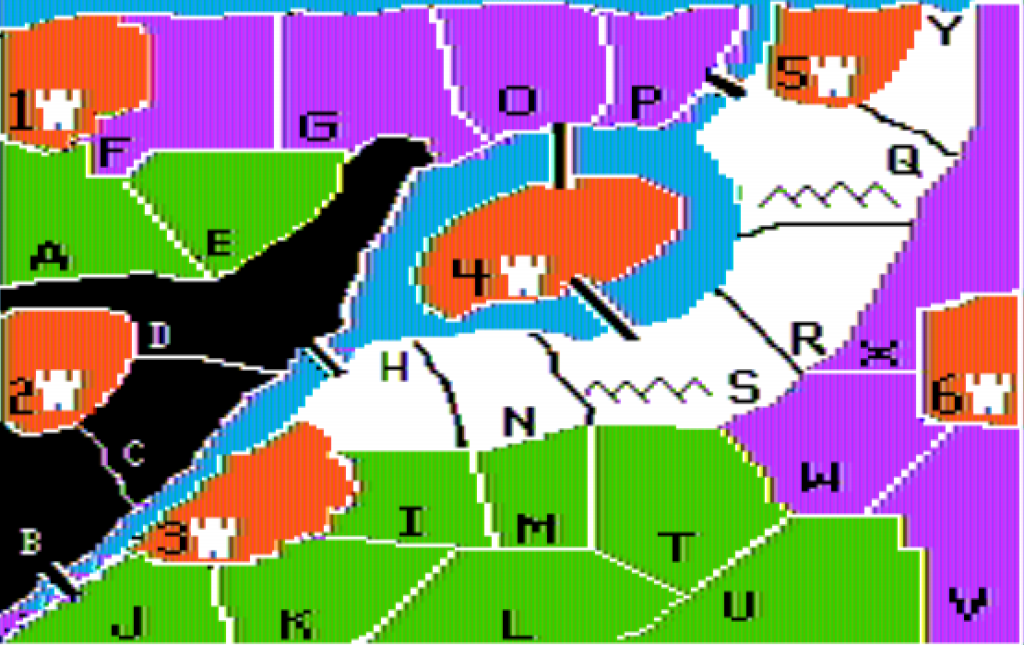
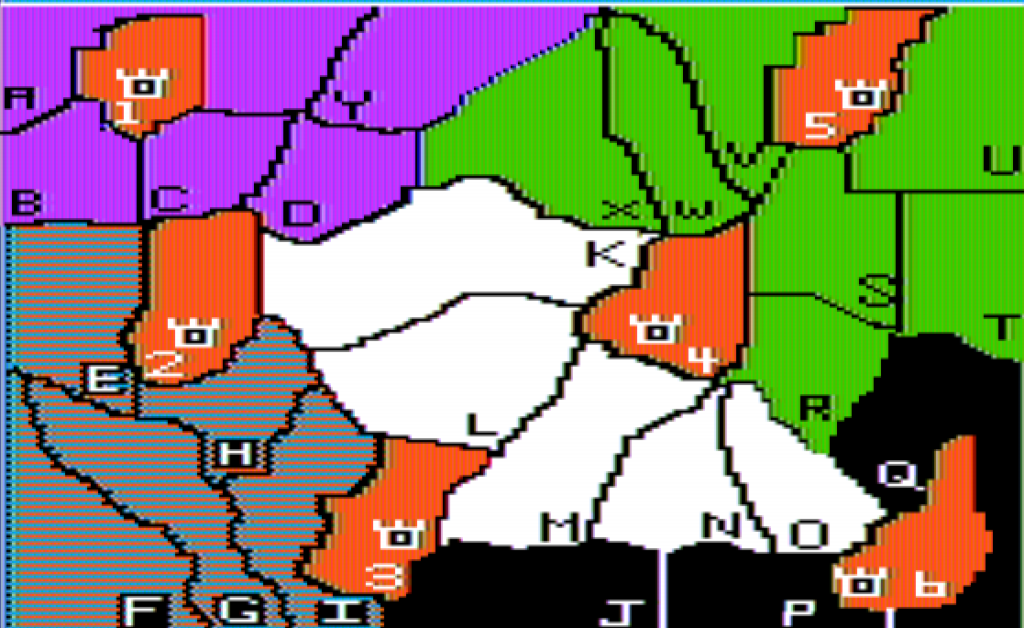
Alas, given the lack of real AI, they all play in more or less the same way in solitaire. In multiplayer, they are probably pretty different, but I am not rating that here.
E. Did I make interesting decisions?
Yes in the first 3 or 4 turns of a solitaire session. Not anymore after that.
F. Final rating :
Flawed and obsolete. Dark Forest is the third-best multiplayer game I’ve played on this site (after The Wreck of the BSM Pandora and Galactic Gladiators), but as a solo experience it is simply repetitive except for the first few turns of a session.
Contemporary Reviews
I could only find two reviews for Dark Forest: one in the January 1982 issue of Softline that sends strong “this game is flawed but I love it” vibes, and concludes by saying that “Dark Forest is a game of strategy, albeit not terribly deep strategy and that laced with luck. It begins a bit slowly, but establishing territories and building armies are necessary activities. Later it speeds up mightily. It makes an ideal family game for up to six players“
The other review is in the 1984 Book of Apple Software. It gives Dark Forest a B in overall rating, concluding “All in all, this is a very enjoyable game without any major flaws“
Despite the dearth of reviews, the game was a massive success. It reached the fourth position in Softalk’s February 1982 rating of Strategy Best-Sellers, and third position in March. Jewell told me in an email he sold close to 20 000 copies, which is consistent with the numbers for other games which reached Softalk’s strategy top-seller list (eg The Warp Factor reached it once and sold 8 000 copies).
An unexpected legacy of Dark Forest is the grud. As I explained, the first visual of a grud can be found on the cover of Space Eggs in April 1981, After the success of that game the still-unnamed grud started appearing occasionally on Sirius Software ads (first one I found : June 1981 issue of Softalk). It is with the release of Dark Forest that the little fellows received their name… and started to creep their way into several Sirius Software games. In 1982, the gruds were facing the robots in Computer Foosball, they were the minions of a dragon in Borg and they even sneaked incognito in Renga-In-Blue’s review of Blade of Blackpoole.
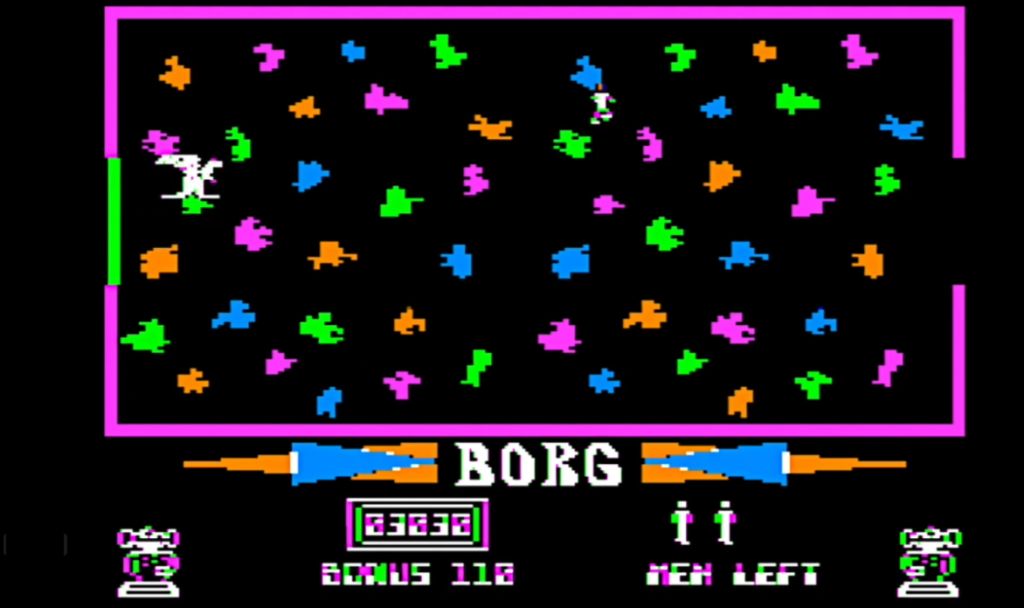
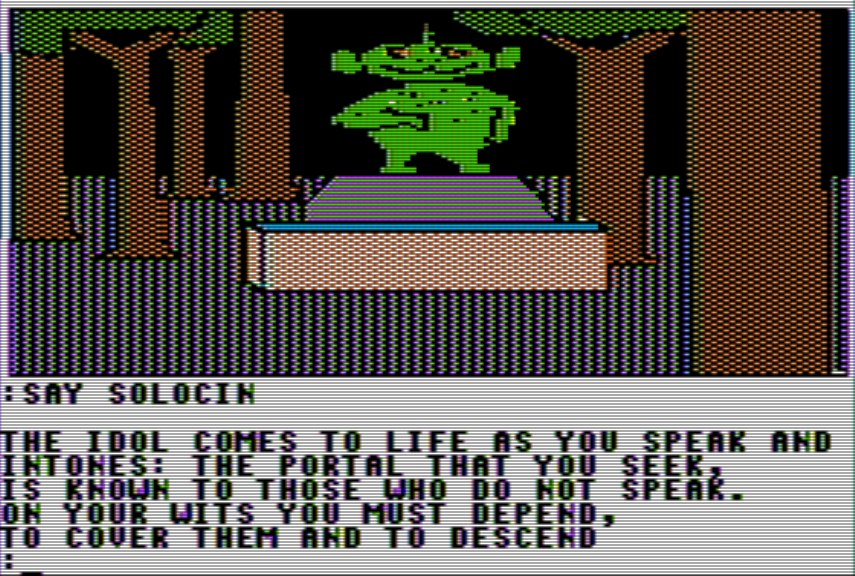
The May 1982 issue of Softalk officialized the take-over:
“Jerry Jewell, president of Sirius Software (Sacramento, CA) has announced the signing of the Grud to a lucrative endorsement contract as new company spokesman, catching many national advertising agencies off-guard. The Grud has been approached many times in the past to support a variety of products, but has always refused. “I have my principles,” stated the Grud at a recent press conference, “and I will not endorse a product I don’t believe in. I am, however, very familiar with the Sirius product line and I’m very comfortable recommending their computer games. “Also, they offered me more money than anyone else.“
Sirius Software added the grud to its logo, and started to use the grud (always singular) in their marketing campaign, with “grud quizzes” and even to introduce new products :
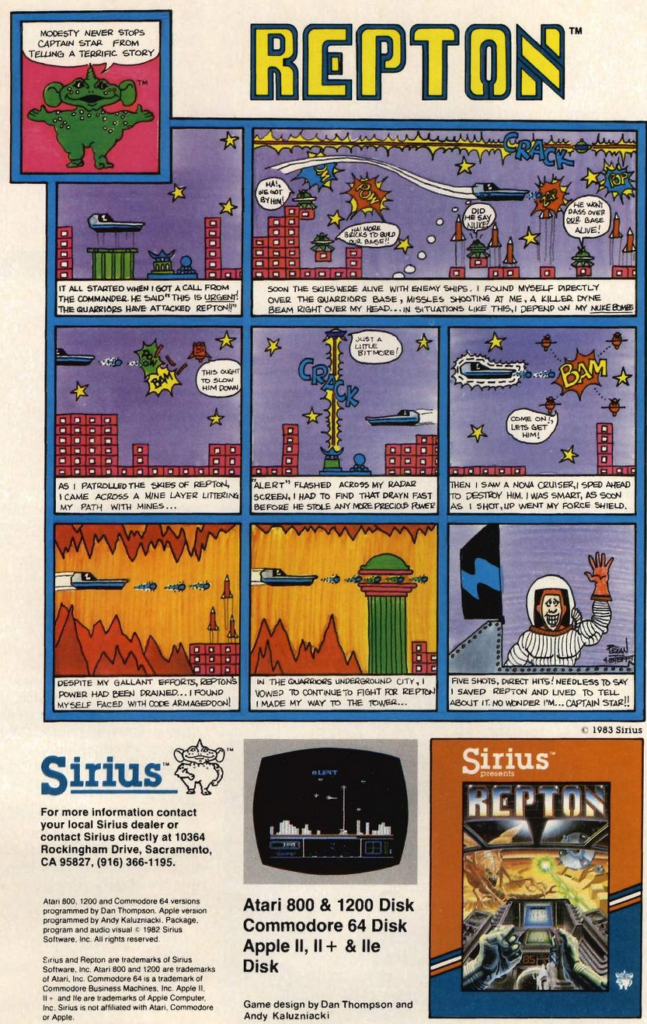
The consecration of the gruds came in late 1983 with an adventure game:
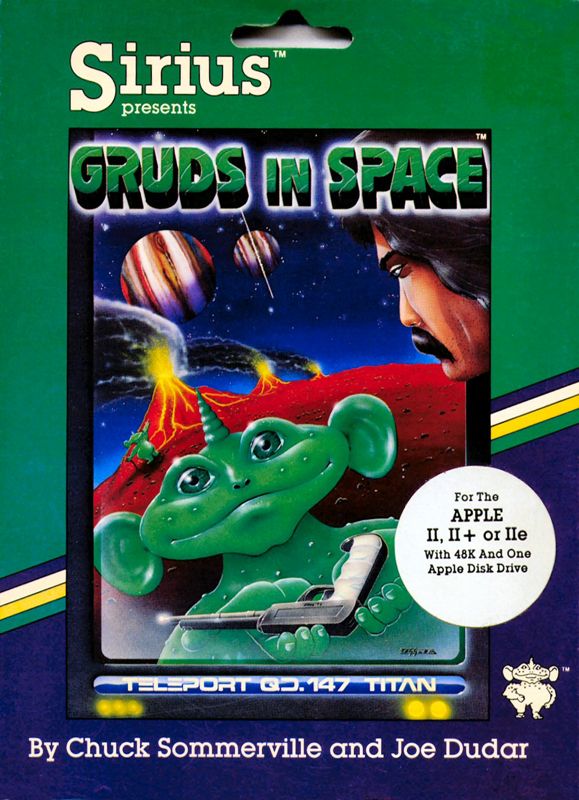
Alas, there is very little distance between the Capitole and the Tarpeian Rock. Sirius Software had pivoted to the Atari VCS market, and signed a deal for a partnership with 20th Century Fox. When the 1983 video game crisis arrived, Sirius Software was particularly hit given its focus on action games. It survived 1983, but was bankrupted in 1984 either (depending on the source) because the VCS cartridges did not sell or because 20th Century Fox defaulted on a $14m debt to Sirius Software.
Sirius Software only released one other strategy game – Call to Arms (1982) – but it is multiplayer only so I will not cover it, so it is probably the last time we mention the gruds, Jerry Jewell and Nasir Gebelli. Gebelli Sofware was also bankrupted in 1983 or 1984, and Gebelli eventually moved to Japan to work for Square. He was in particular the lead programmer of some titles you may have heard of, like Final Fantasy I to III and Secret of Mana, Jewell decided to focus on his hobbies – animatronics and haunted houses- and turned them into a profitable venture to this day. The gruds, alas, did not find a new job and simply disappeared – I am happy to have resurrected them for a short moment.
This article was significantly modified on 10/10/2023 after commenter Ahab pointed out that Dark Forest was a computer port of Wizard’s Quest. I also added some details on the creation of E-Z Draw based on an email from Jerry Jewell.